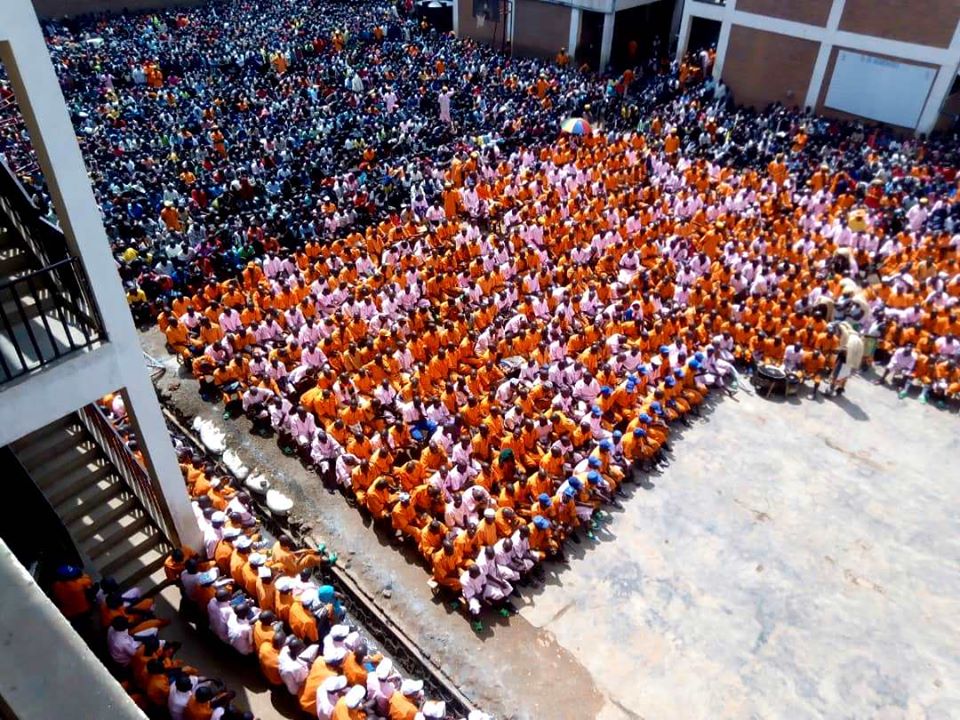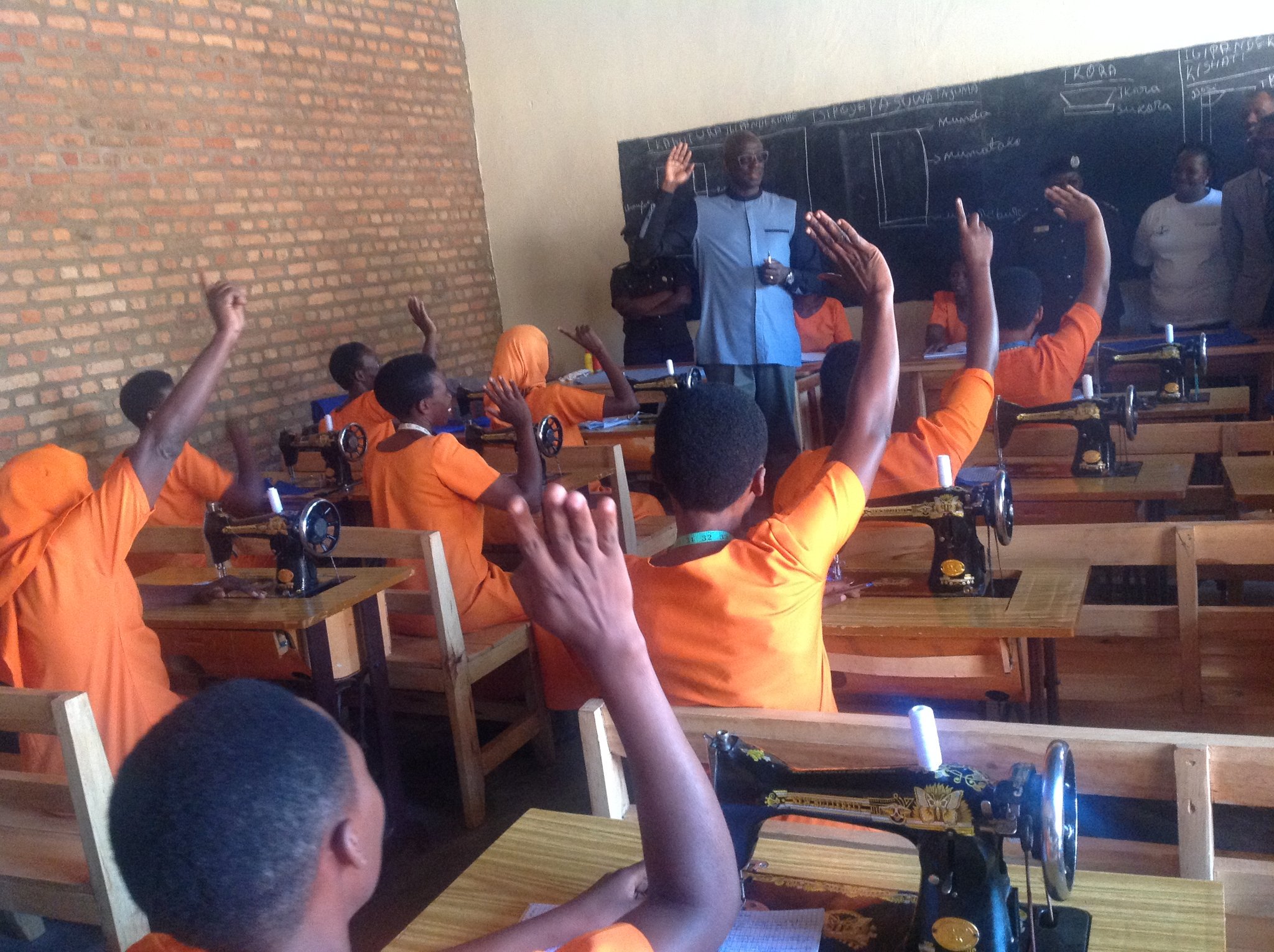 “The degree of civilisation in a society can be judged by entering its prisons” wrote the great Russian writer and philosopher, Fyodor Dostoevsky.
“The degree of civilisation in a society can be judged by entering its prisons” wrote the great Russian writer and philosopher, Fyodor Dostoevsky.
By this measure, many countries of the world still fall short of the benchmark for civilisation. Of those that are an exception to the rule, Rwanda has a good claim to come high up on the list.
Prisons are notoriously expensive, placing a higher financial burden on the tax payer, than education institutions. In America, the state of California estimates the cost per year, of each prison inmate, at $2000 more than keeping a student at Harvard, one of America’s most prestigious universities.
It is perhaps predictable that the worst prisons can be found in the poorest countries.
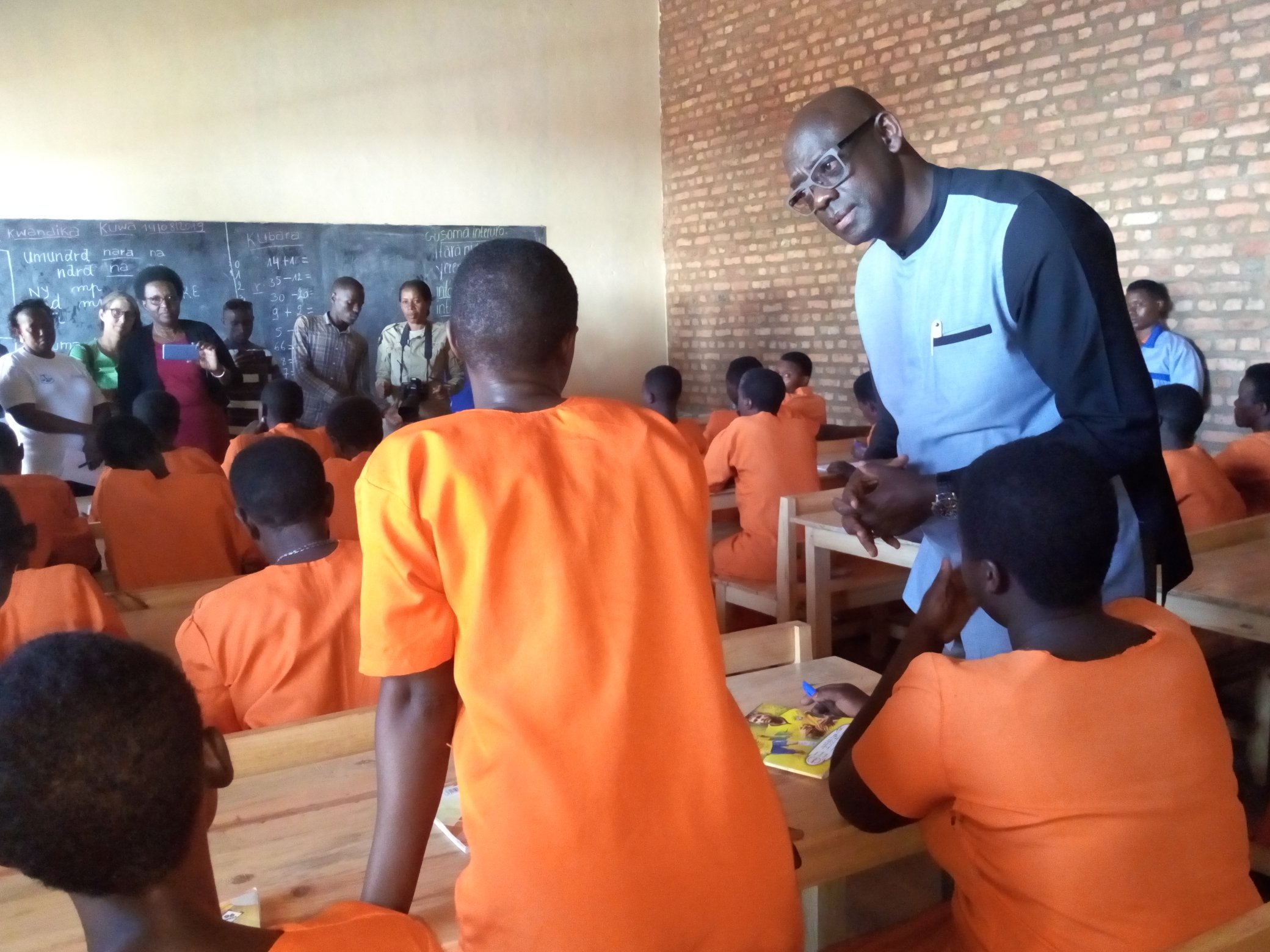
Rwanda, however, contradicts this trend in the most dramatic manner. The country’s GDP has recently risen by slightly over 11%, from just over $9 billion dollars. The country nevertheless can boast arguably the most humane prisons on the African continent, achieved by some of the best, and most effective prison policies anywhere in the world.
“In the past” said Rwanda correctional Services’ Senior Superintendent in charge of communications, Hilary Sengabo, “prisoners would be behind a wall, which would be opened when they had completed their sentence, or worse, had died in their cell. Today, we rightly observe the rights of prisoners, stipulated and guaranteed under International law. We aim to rehabilitate, transform the prisoner, with the aim of turning them into a normal member of civilised society.”
For Rwanda, this means finding ever more creative ways to square the circle of reaching the highest international standards, on a particularly limited budget.
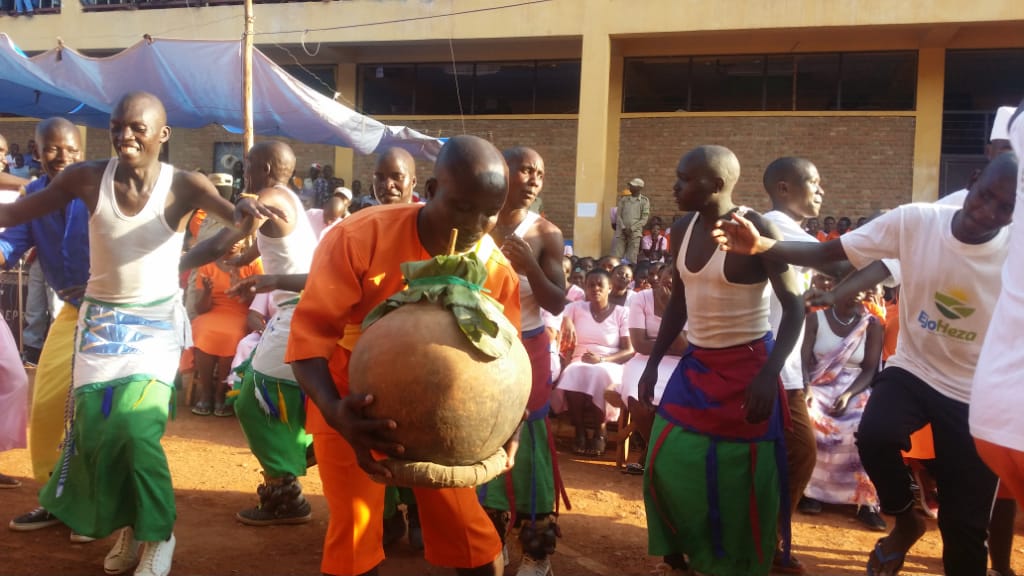
As in so many other areas, Rwanda is managing this by turning to the country’s culture and traditions, and where necessary adapting them for a more modern age. The concept of forgiveness and rehabilitation is for instance well steeped in Rwandan culture, as is that of communal self help.
Once the basic infrastructure for prisoners’ living conditions is provided, almost everything else that gives their lives meaning is drawn from their own culture, and tradition. It is difficult to overstate Rwandans’ relationship with cattle, and so prisoners are allowed to keep their own.
Much of what they eat is grown, and prepared by them, as is much of what they use. The prison service has arrangements with industries, where qualified prisoners, from architects to engineers, can go and use their skills outside prisons. Industries, and other businesses can ask for labour from prisons. For their labour, prisoners get ten per cent of what is paid for their work.
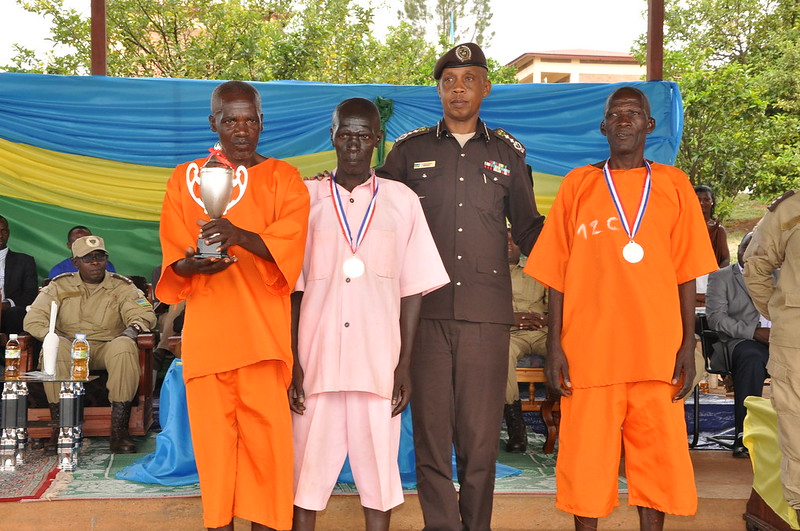
For those without skills, formal education, and vocational training is provided within prisons.
And every opportunity is taken for prisoners to interact with the wider community, into which they will return, and it is hoped play a useful role, as reformed members of society.
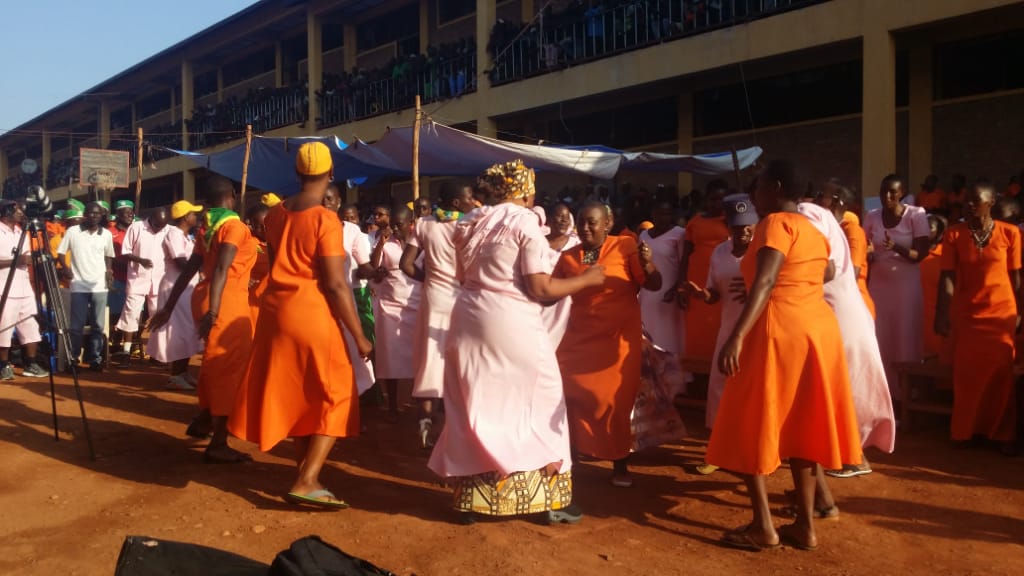
For the next week or so, Kigali’s Park Inn Hotel is hosting a workshop on prisons infrastructure in Africa, attended by delegates from all the British Commonwealth countries. They could do worse than look at the images from this New Year’s celebrations in Kigali’s Nyarugenge prison.
A disinterested observer would have to be reminded that the party goers were prison inmates, who would be going no where after the party, at least not until their sentences were served.
“Is there anywhere slay queens haven’t reached” quipped a local veteran journalist, about the glamorous inmates of Nyarugenge prison. “Slay queen” is a term used to describe young women whose beauty, glamour and charm, attract the very wealthy, who lavish their riches upon them. The best known of them attain a degree of celebrity, and are often paid for appearances at clubs, and other places of entertainment. It would be unfair to describe them as modern day courtesans, but there is a similarity.
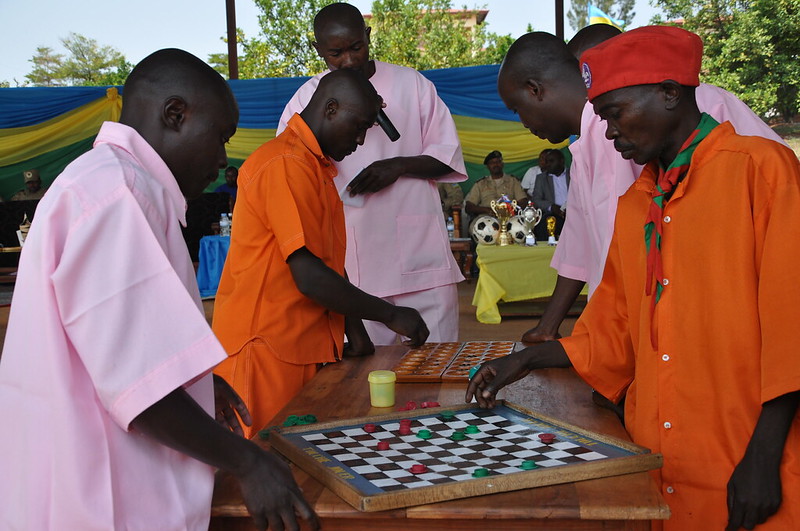
Other than the prison “Slay Queens”, the most remarkable thing about the images from Nyarugenge prison, is that many of the inmates committed the most unspeakable crimes of genocide, but the prison authorities believe that they too can be transformed and rehabilitated.
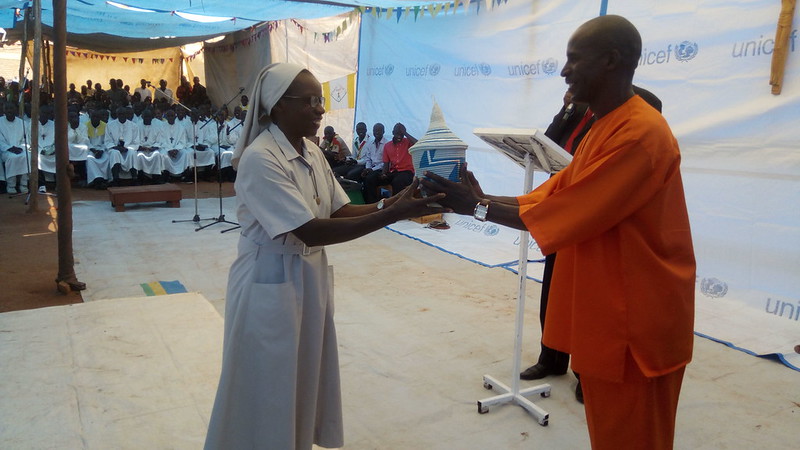
The basic principles for the treatment of prisoners, adopted by the UN General Assembly, stipulate that “All prisoners shall be treated with respect due to their inherent dignity and value as human beings.” And “they shall have the right to take part in cultural activities and education aimed at the full development of the human personality.”
There can be no greater commitment to these values, than according them to people who are imprisoned, for crimes of genocide. In prison, they now enjoy the human rights they denied over a million men, women and children, whom they would degrade, dehumanise, torture, before murdering them, in the most harrowing manner. It takes quite a commitment, and a leap of faith to see the humanity in such people.
